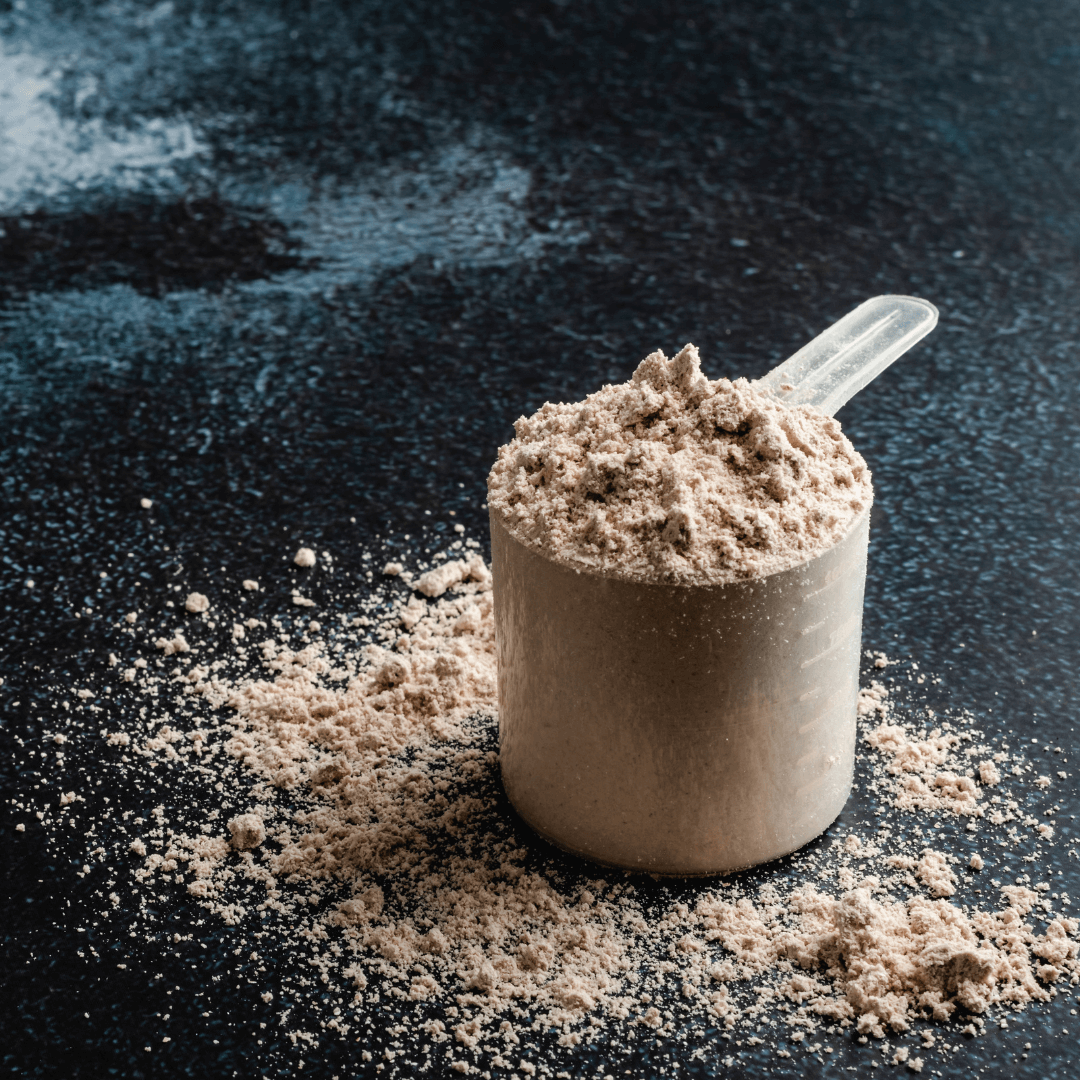Mix It Up: Blending Whey vs Casein Protein for the Ultimate Protein Powerhouse

When it comes to protein supplements, two popular options often come to mind: Whey vs Casein Protein. These two proteins are derived from milk and offer various benefits for athletes, fitness enthusiasts, and those looking to support their muscle growth and recovery.
While both whey and casein offer similar nutritional profiles, they differ in taste and texture, making them distinct choices for individuals with specific preferences. In this article, we’ll delve into the battle of taste and texture between whey vs Casein Protein, exploring their characteristics, applications, and potential benefits.
✅Whey vs Casein Protein: Understanding the Basics
Before we jump into the battle, let’s first understand what whey and casein are and how they are processed.
- What is Whey Protein? Whey protein is a complete protein that contains all nine essential amino acids required by the body. It is a byproduct of the cheese-making process and is separated from milk during the production of cheese. Whey protein is quickly digested and absorbed by the body, making it an ideal choice for post-workout recovery.
- What is Casein Protein? Casein protein, on the other hand, is also derived from milk, but it is the primary protein found in milk. It forms a gel-like substance in the stomach, resulting in slower digestion and prolonged release of amino acids into the bloodstream. Casein protein is often recommended as a nighttime protein supplement to provide a sustained release of amino acids during sleep.
🤘Whey vs Casein Protein –The Battle of Taste and Texture
Now that we have a basic understanding of Whey vs Casein Protein, let’s explore the battle of taste and texture, which plays a crucial role in determining individuals’ preferences.
- Taste Preferences: Sweetness vs. Creaminess
- ➡️Whey Protein
- Whey protein powder often comes in various flavors, including chocolate, vanilla, strawberry, and more. These flavors are typically achieved by adding artificial or natural sweeteners to enhance the taste. Whey protein is generally considered sweeter in taste, making it an enjoyable choice for those with a sweet tooth.
- Casein protein, in its unflavored form, has a neutral taste.
- It lacks the sweetness associated with whey protein, appealing to individuals who prefer a more subdued flavor profile.
- However, flavored casein protein powders are available, offering options such as cookies and cream or caramel flavors for those seeking a tastier alternative.
- ➡️Whey Protein
- Texture: Creamy vs. Thick
- ➡️Whey Protein:
- Whey protein has a lighter and smoother texture compared to casein protein. It easily mixes with liquids, forming a creamy and smooth consistency. Whey protein shakes are generally thinner and easier to consume.
- Casein protein has a thicker and denser texture, similar to that of a milkshake.
- When mixed with liquids, it forms a thicker consistency, often requiring more effort to blend.
- This thickness can be desirable for individuals who prefer a more substantial and filling shake.
- ➡️Whey Protein:
- Solubility: Quick Dissolving vs. Slow Dissolving
- ➡️Whey Protein:
- Whey protein powder is highly soluble and quickly dissolves in liquid. It requires minimal shaking or stirring to achieve a smooth and lump-free consistency. This quick dissolvability makes whey protein convenient for on-the-go individuals or those who prefer a hassle-free preparation process.
- Casein protein powder is less soluble and dissolves at a slower rate compared to whey protein.
- It may require additional blending or stirring to ensure complete mixing and avoid clumps.
- This slower dissolvability can be advantageous for individuals who prefer a more gradual release of nutrients or enjoy a thicker and creamier shake.
- ➡️Whey Protein:
- Versatility: Culinary Applications and Recipes
- ➡️Whey Protein:
- Due to its light texture and sweetness, whey protein is often used in various culinary applications. It can be incorporated into recipes for protein pancakes, smoothies, protein bars, and baked goods. Whey protein’s versatility makes it a popular choice for individuals who enjoy experimenting with flavors and textures in their recipes.
- Casein protein, with its thicker texture and neutral taste, is less commonly used in cooking or baking.
- However, it can still be utilized in certain recipes to add a protein boost while maintaining a creamy and thick consistency.
- Casein protein is often preferred for making protein puddings, and mousses, or as a binding agent in certain recipes.
- ➡️Whey Protein:
Must Read 👉 Whey Protein Isolate Vs. Concentrate? Which One is Good 2023
✋FAQs about Whey vs Casein Protein
🔍Conclusion
In the battle of taste and texture between Whey vs Casein Protein, it’s clear that both proteins have their unique characteristics and applications. Whey protein offers a sweeter taste, lighter texture, and quicker dissolution, making it suitable for those who prioritize convenience and enjoy a wider variety of flavors. On the other hand, casein protein provides a more neutral taste, thicker texture, and slower digestion, appealing to individuals who prefer a more substantial shake or require a sustained release of amino acids.
Ultimately, the choice between Whey vs Casein Protein depends on individual preferences, dietary needs, and fitness goals. Some individuals may even choose to incorporate both proteins into their routine, taking advantage of the benefits each one offers. Whichever option you choose, both whey and casein proteins can be valuable additions to support your overall health, muscle growth, and recovery.
- Water Intake Calculator: Everything You Need to Know - September 7, 2024
- 5 Weight Gain Drink Recipes for Healthy Bulking - March 29, 2024
- High-Calorie Banana Shake for Weight Gain - March 27, 2024









